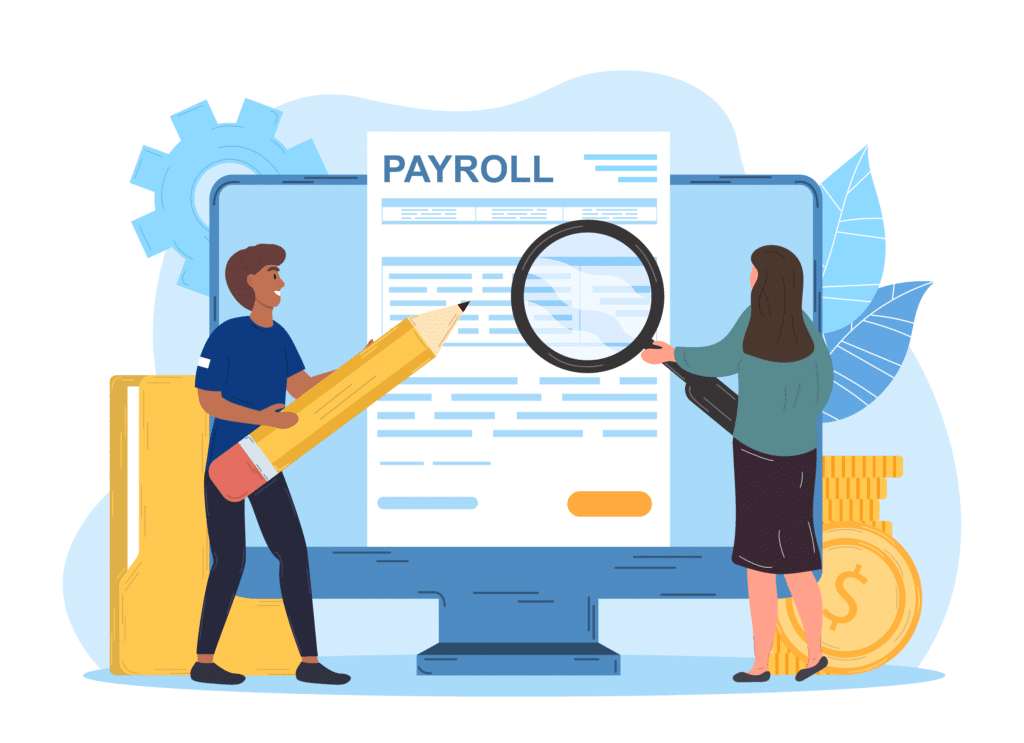Payroll software: how to choose the right one ?
Today, payroll management can be easily outsourced or handled in-house thanks to dedicated solutions. Both options are effectively accessible to companies of all sizes, despite the apprehensions of small structures. It is however essential to know the essential criteria in the field to find a software adapted to your needs.
What is a payroll software ?
A payroll software is a tool for optimizing HR processes related to the compensation of a company’s employees. It is basically used to establish your employees’ pay slips and your DSN (nominative social declarations). This type of solution can also handle a wide variety of formalities related to the employee’s life.
Thus, it is important to choose the right payroll software.
In concrete terms, the program also allows you to manage documents such as the DPAE (declaration prior to hiring) or the STC (balance of all accounts). It even gives the possibility toAutomate payroll management and centralize all your social data. You only need to indicate your HR rules, your collective agreements, your internal provisions, etc., when setting up the parameters.
The tool will then be able to edit pay slips taking into account these different factors.
Software currently exists in the form of applications installed on your devices and cloud-based SaaS solutions. With the first option, the performance of the program depends on the license acquired and your workstation. The second configuration, on the other hand, allows you to free yourself from the limitations of your IT system.
Indeed, the application runs on the supplier’s servers. All you need is an Internet connection to take advantage of its functionalities.
Why your company needs it ?
Payroll software offers considerable time savings thanks to the centralization and automation of your administrative processes. In addition to payroll, it allows you to control your social data. You will be able to easily produce pay slips corresponding to the profiles of your various employees.
Indeed, the parameters include seniority, bonus scales, overtime, etc.
The software also reduces the risk of errors and non-compliance on HR documents. Beyond the creation and edition of payslips, it can also take care of:
- The addition of new regulations (withholding tax, simplification of pay slips, occasional bonuses, etc.);
- The follow-up of leaves and the management of time savings accounts;
- The social security slips;
- The realization of the transfers ;
- The remote declaration of the DNS (replacing the DADS and the DUCS);
- The dematerialization and the archiving of the payslips;
- The organization of personnel files;
- The creation of HR dashboards for reporting;
- Automated export of payroll entries to accounting software;
- The production of various administrative documents (hiring promises, employment contracts, ASSEDIC certificates, work certificates…).
The payroll software contributes to the autonomy of your companyoptimizing your HR department. In addition, there are specific modules that allow you to complete this tool and extend the dematerialization to related processes.

How to choose a payroll software ?
First and foremost, you need to analyze your needs and specifics to to choose the right payroll software. In particular, it is essential to evaluate your ability to secure computer data. You can consider SaaS solutions, if you have the means to properly protect your IS (information system).
If not, it is better to opt for a program to be installed internally.
Some cloud service providers may be able to help your IT team strengthen your network security during the integration. Thus, you will have the possibility of using this configuration in all serenity. Any payroll provider, on the other hand, provides data security on their end.
The potential flaws are mainly in your company. It is therefore important to take this into account.
On the other hand, you need to consider the number of your employees and anticipate the evolution of your workforce. You risk making a substantial investment for an underused software. On the other hand, a fast-growing structure can quickly reach the limits of a software for very small companies. However, cloud offerings avoid these problems thanks to their scalability.
Therefore, you can subscribe to a basic package at the beginning and move to a higher package if necessary.
